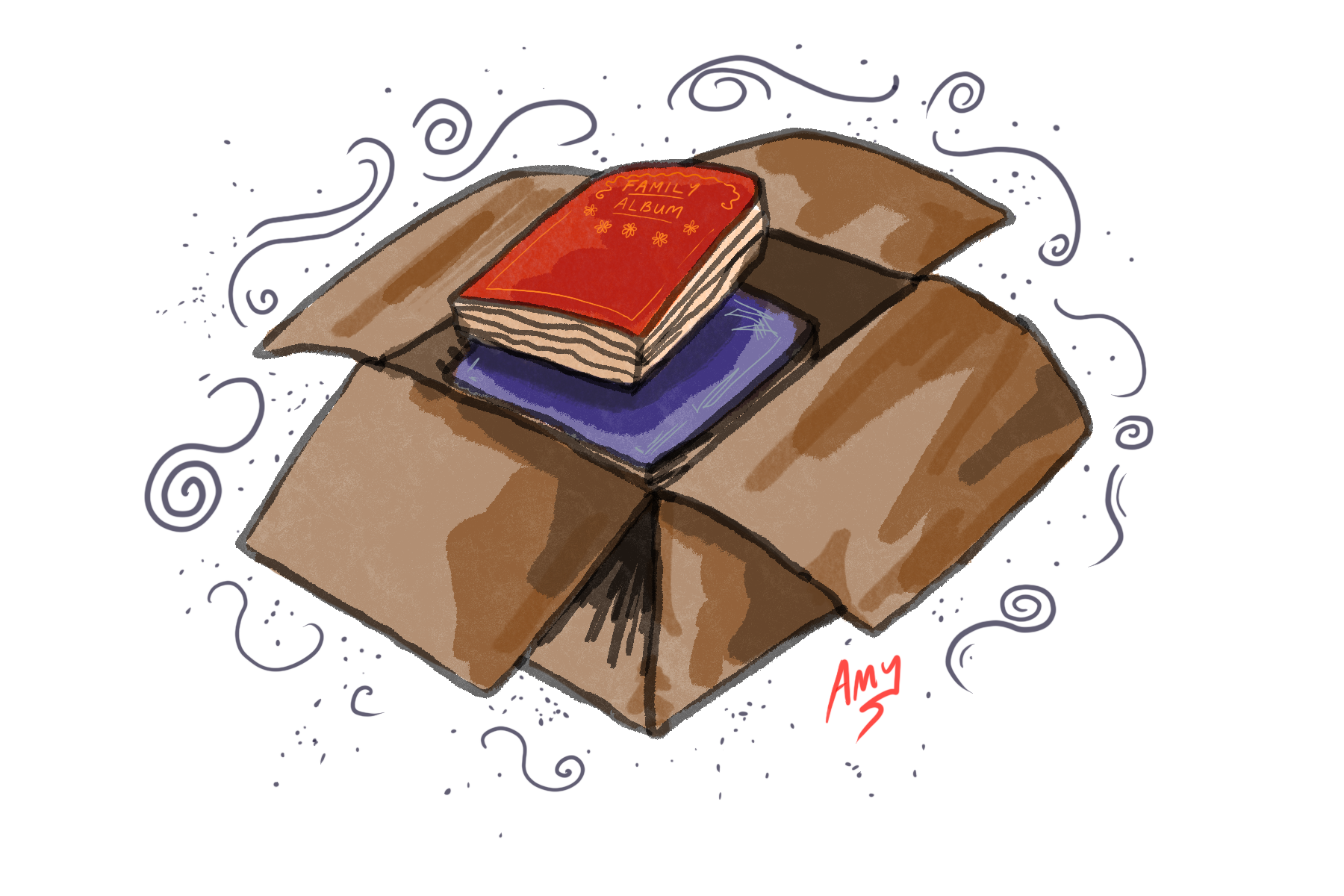On the Importance of Memories
Photo albums can be found in almost every household – some are scrapbooks, some are overpriced hardbacks from a stationary shop that surprisingly still haven’t gone bankrupt, and some are just mismatched collections of prints in a box hidden away in a top shelf. We take them out sparingly, sometimes surrounded by family, sometimes alone, and trace our fingers over familiar faces, faces that have left us, before placing them back again and neglecting them for months, years even. But however much we take these self-constructed time capsules for granted, they are absolutely paramount, especially for migrant communities. We recount our pasts in tales over coffee, or as bedtime stories for our children, with no way to evidence them but through photographs. It was not something I realised until a chance meeting with researcher Tuğba Taş, who for her paper on migrants and photography, interviewed myself, my mother, and grandmother. The interview took place on one of those sweltering London mid-summer days – humidity clung to the skin, settling with an unavoidable dampness even as we sheltered under the shade of the magnolia tree that had years ago overrun the garden. My grandmother had lined the plastic garden table with an impossible amount of pastries in the usual Turkish way, and from her seat swatted away a bee who had caught the sweet scent with one hand, her small glass of tea in the other. “Let’s start with the earliest pictures.” Tuğba gestured to the stacked photo albums. The collection, spanning four large albums, two boxes, and all in all just over seventy years, is my grandmother’s pride and joy. “These ones have my father in them,” my grandmother beamed. She unlatched the box and began sifting through the piles within. Thus began the narrative. These were stories we had heard a million times – and stories I will never tire of. Fragments of the life of Hamid Atilla, the man who learned to fix dislocated shoulders and rebreak bones to fix limps. The man who would sneak my grandmother to circuses and take her out to the fields to show her the way of the land. The man who would pretend not to see as his daughter and son snuck out at night to have snowball fights. The man whose life ended abruptly when he was shot on a bridge one night, for no apparent reason, to be found at dawn. When we reached this part of the story, when all pictures of the ever-smiling man ended, the garden quietened. Even the birds seemed to have stopped to listen. It just was over sixty years ago, but the fragments of a man had, even for just over an hour, turned him whole in our imagination. “It must have been in the papers,” Tuğba said, turning the last of the photos in her hand. It had been framed by Hamid himself, from card and homemade glue. My grandmother saved her favourite until last – I treasure it most because his hands touched this. “It may be in the Turkish government archives.” “We checked,” my mother replied. I nodded in agreement; we had spent hours before, pouring over badly photocopied PDFs on the national archives. “We couldn’t find anything.” “But it was published, yes?” “Front-page news.” “And do you know when it was this happened?” A fruitless question, my grandmother had blocked the details out for years. We knew the year and nothing else. Tuğba sighed. “What was the picture on the front page?” “They printed a picture of him.” My grandmother paused, before frowning. Her hand hovered just over the rim of her tea glass. “Where they found him. He was against the river bank, and his jacket was half on.” “Jacket? So it was cold.” “His leather jacket. That’s the one. It was thin, so he’d wear it in spring. Yes, it must have been spring.” If Tuğba noticed the shock on my mother’s face, she didn’t show it. We had never heard this. For years we had probed and prodded at her fragmented memory, because we wanted to know just as much as she wanted to remember. Yet something now had clicked: the questions posed by someone who had never heard of Hamid Atilla before had blown the dust off this memory and pulled it out into the light of day. Hemingway famously said that every man has two deaths: the day he is buried, and the last time someone says his name. After this, I am adamant that photos keep that second death at bay. Especially for migrants, like my grandmother, my mother, who have left those physical reminders of their loved ones, those far away homes and cities that their lives played out on, albums become the last fragments of proof that their stories happened. My grandmother’s pictures, a story for each photograph, is what kept Hamid alive – I can imagine the piercing blue gaze of the ever-smiling man I have only seen in black-and-white, I can hear his laugh, like my grandmother’s, loud and full of joy. Keep photo albums. Write anecdotes on the backs of photos. Tell stories in the night of lives lived and places seen. Stories are all a person is, a collection of them bundled to make a life, and they are all that is left once we leave the ones we love.
Illustrated by Amy Nugent
